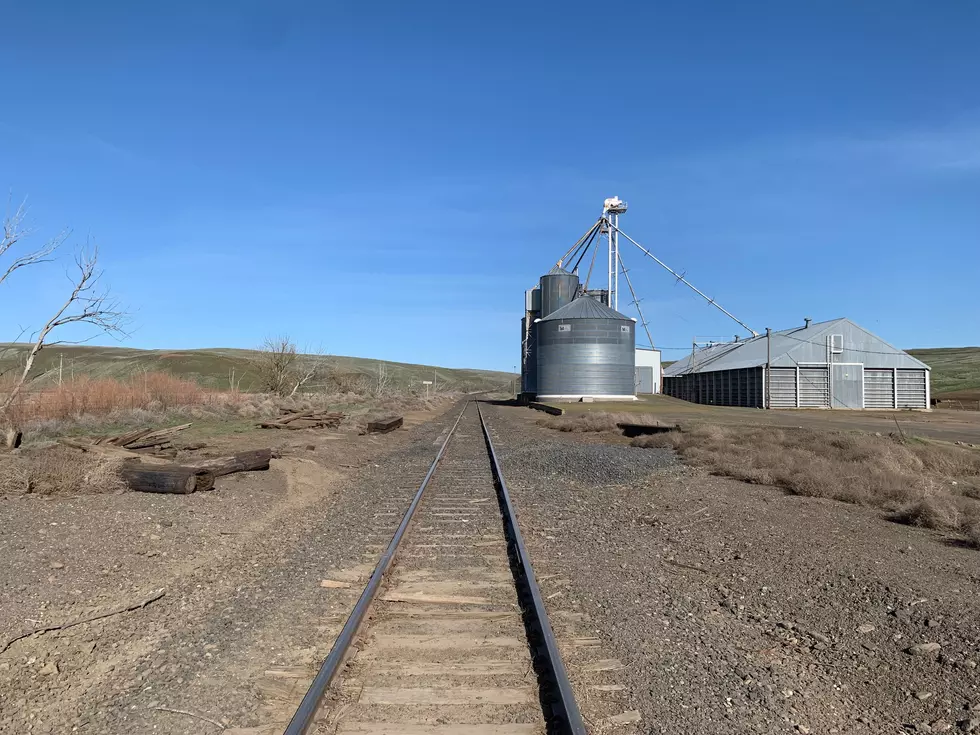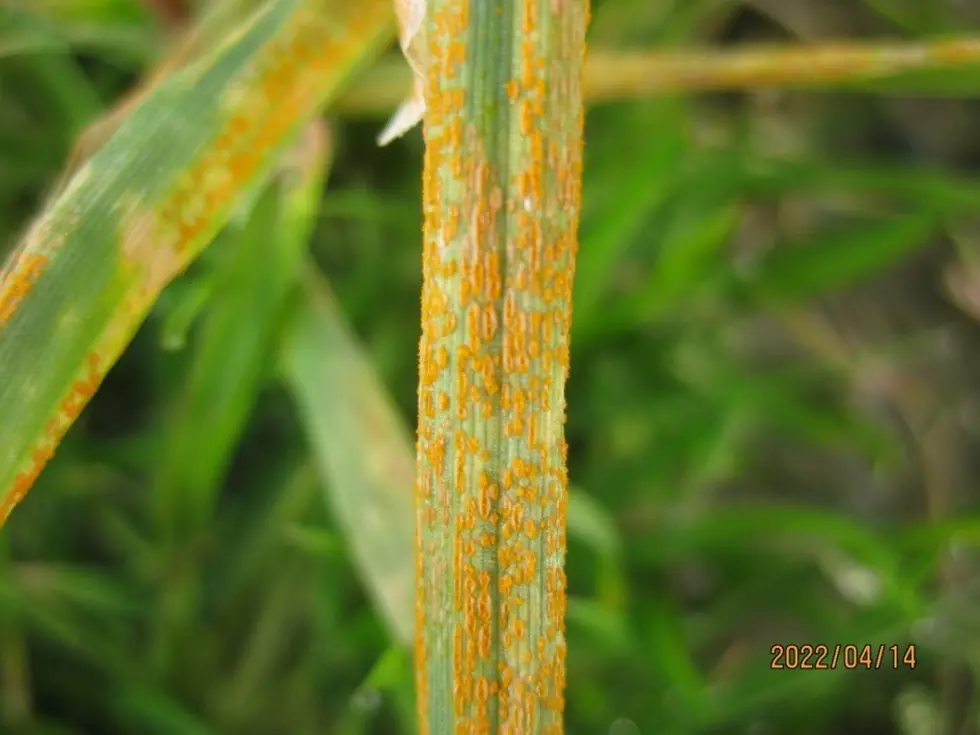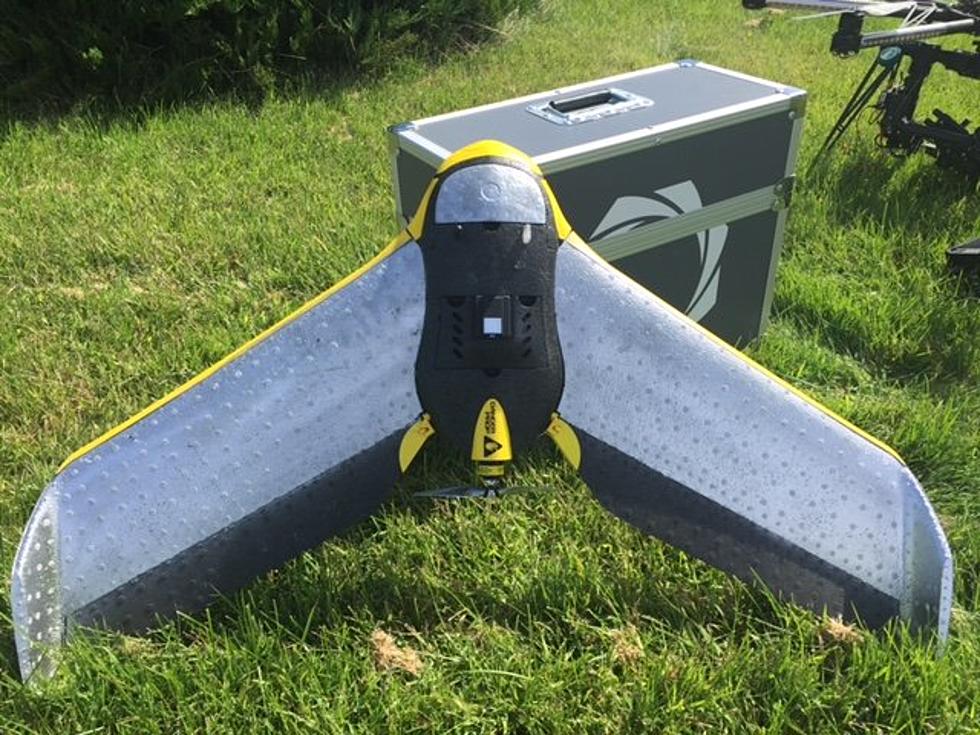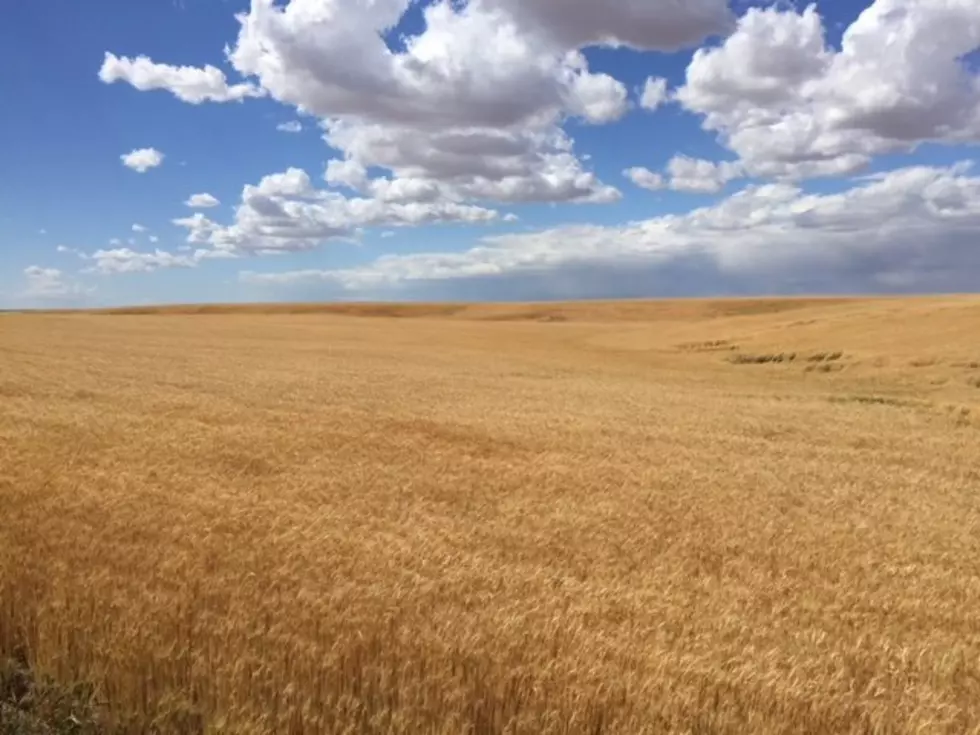
WSU Warning of Physiological Leaf Spot
Are you seeing spots on your wheat leaves? WSU is warning growers to be on the lookout for physiological leaf spot. The WSU Plant Pest Diagnostic Clinic says they have received samples of PLS, which is often associated with chloride deficiency.
Chloride is a micronutrient that can leach away from the root zone. Chloride deficiency causes variable symptoms depending on the weather and wheat variety, with winter wheat being more susceptible than spring wheat.
Symptoms of PLS start as irregular small yellow to brown, circular to oblong, lesions start on older leaves and then develop on younger leaves. Lesions can progress and become bleached or tan with a chlorotic halo and merge to create larger lesions — a very alarming symptom! To correct PLS, a soil test is encouraged to determine the chloride levels present in the field.
Potassium chloride can be applied by broadcasting up to late jointing stage as long as sufficient rain, or irrigation can move the chloride to the roots. Liquid chloride can be applied to the foliage until flag leaf emergence. Chloride can be applied by banding before or at planting.
Older lesions can cause some confusion because they resemble Tan Spot and Septoria Leaf Spot. Tan Spot is caused by the fungus Pyrenophora tritici-repentis (Dreschlera tritici-repentis) and has oval tan lesions with a yellow or chlorotic halo-very similar to PLS. Tan Spot can occur in the Pacific Northwest area but only rarely. Septoria Leaf Spot is caused by the fungus Septoria tritici and has similar lesions, but can be distinguished by looking in the center of the lesions, with magnification, to check for dark fruiting bodies in the bleached center that look like very small poppy seeds or slightly raised bumps. This disease is even more uncommon than Tan Spot in the Pacific Northwest. Quick examinations through extension or the diagnostic clinic can determine whether one of these fungal diseases are present.
Another tip to determine if the spots are PLS or caused by fungi is to pay attention to which areas of the plant are affected: fungal leaf spots frequently are found in the lower canopy, where conditions are humid and therefore encourage diseases, these lesions may not move to the upper and drier canopy. Physiological Leaf Spot, however, start on lower leaves but will progress more rapidly to the upper canopy-despite the lack of humidity. Symptoms of PLS are more frequently seen during cool and wet springs that are followed by hot sunny weather. Varieties differ in their sensitivity to PLS, so some will be more symptomatic than others with these symptoms are often seen during Feekes 3-5.
It is important to get a correct diagnosis because while Tan Spot and Septoria Leaf Spot can be treated with a foliar fungicide, PLS can only be controlled by adding chloride to the soil or plants. If you are not sure what is causing the leaf spot, submit a sample to the Plant Pest Diagnostic Clinic where are quick examination can rule out Septoria and a simple yet rapid test can rule out Tan Spot.
Visit the Plant Pest Diagnostic Clinic website for a sample submission form (pdf) and information on how to submit a sample!
If you have a story idea for the Washington Ag Network, call (509) 547-1618, or e-mail gvaagen@cherrycreekradio.com
More From PNW Ag Network









